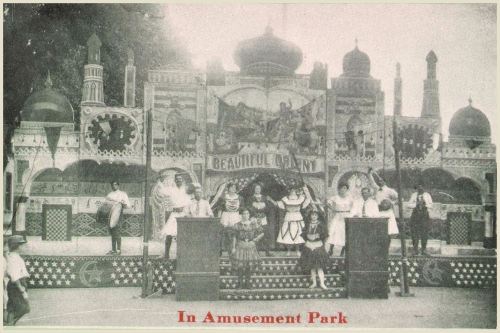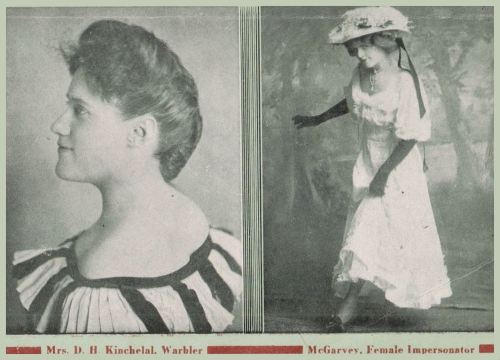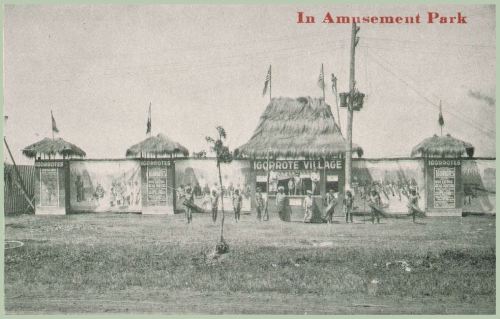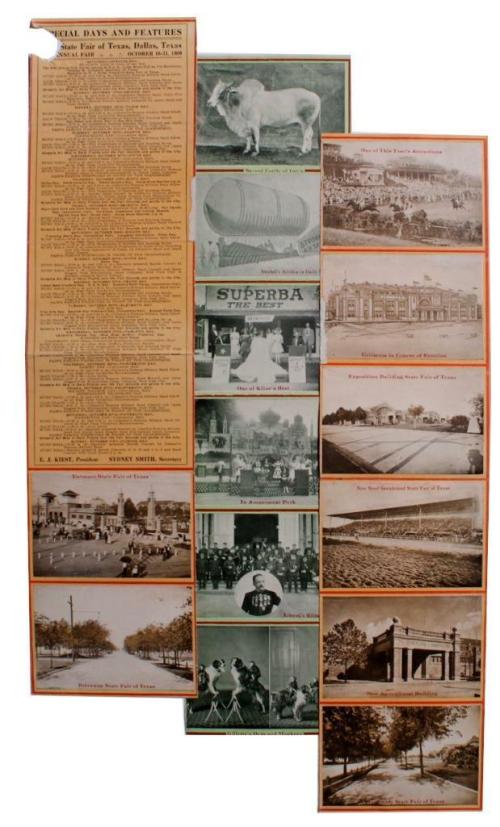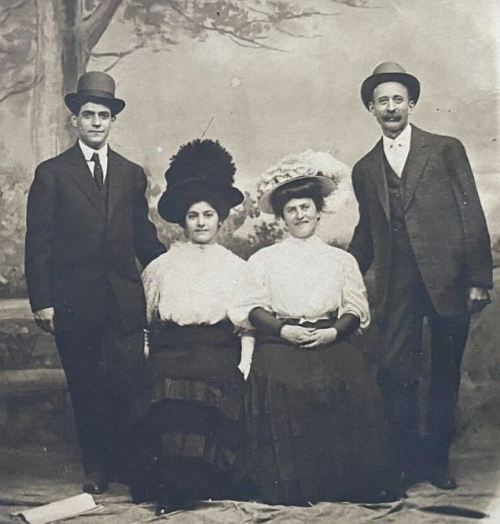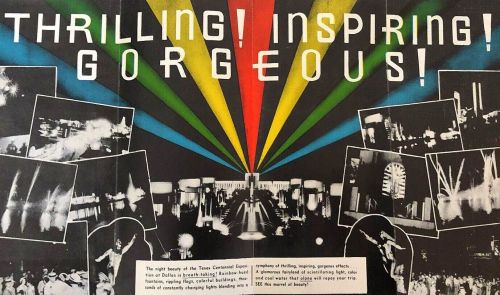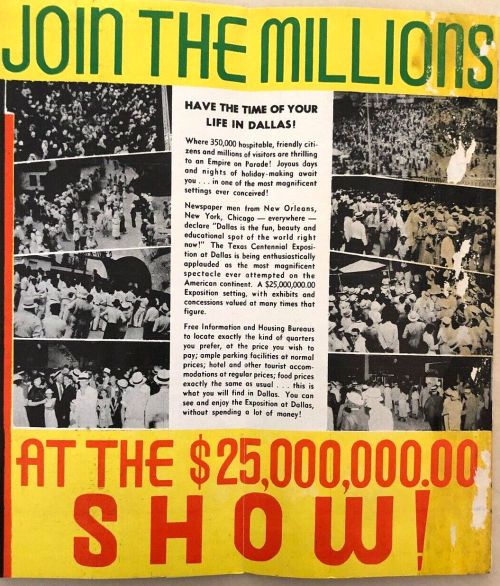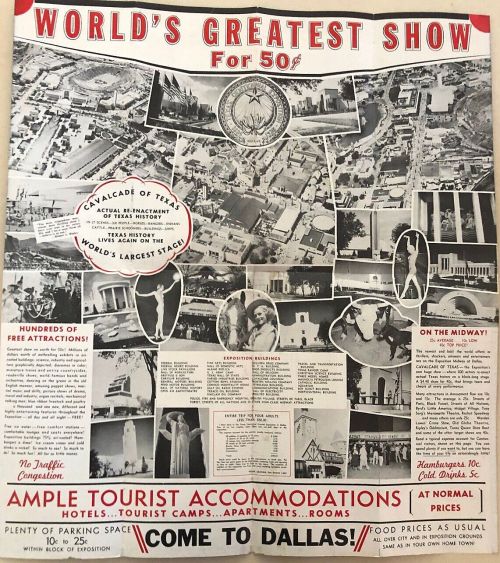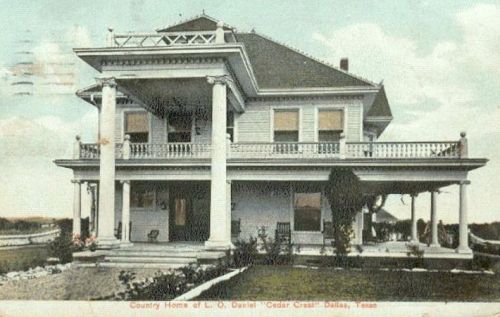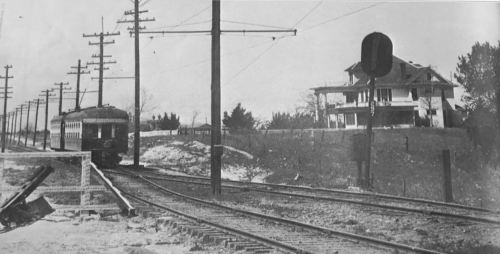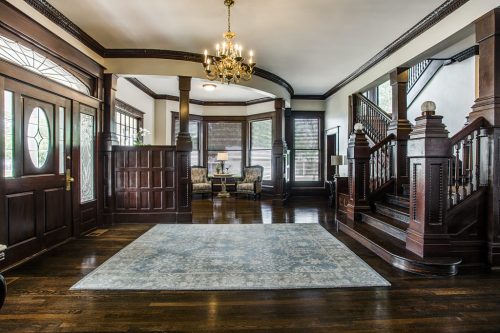Oak Cliff: No Germs, No Mosquitoes, No Malaria — 1907
by Paula Bosse
It’s 1907. How is it you’re not scooping up real estate in Oak Cliff?!
Aside from that “no saloons EVER” thing, it sounds positively idyllic.
*
On the Hills of Oak Cliff
When Thinking of a Home for Your Wife and Children You Need
-
-
- First — Altitude
Where the air is clear and free from mosquitoes and malaria. - Second — Water
Clear and Pure and Free From Germs
- First — Altitude
-
In Oak Cliff these things predominate, you are on the hills, higher than Dallas, south of the river, and where your breezes come direct from the country, and, as for water, the water running in the Oak Cliff mains is from the great Nelms Well, illustrated on this page, and is the purest and clearest water in Dallas County.
Ask City Chemist Chisholm, or Water Commissioner Sullivan, or Water Superintendent Nelms, they are the three men most competent to pass on this question, and will verify these facts.
The water does not come from Bachman’s Dam or any branch of the river, but deep down in the earth, hundreds of feet, from God’s reservoir, gushing out like a great spring and sparkling like diamonds.
People living in Oak Cliff are healthy and live long. They cannot help it when breathing pure air and drinking clear water.
In spite of the present financial stringency Oak Cliff is building on, and her citizens have great faith in the future of Dallas.
As an evidence of this fact, Mr. J. F. Zang has this week let the contract for over $1,000.00 worth of cement walks to be laid on Zang’s Boulevard and other streets.
Lake Cliff, the beautiful, with its thirty acres of park scenery, its lake and its many costly improvements, is situated in Oak Cliff, and is one of the popular attractions of Dallas.
Oak Cliff has the combined advantages of city and country; it has gas, sewerage, water, electricity, streetcars, telephones, cement walks, and it is only ten minutes’ ride from its center to the center of Dallas; and it has the country scenery so much desired — hills and valleys, great oak and pecan trees, numerous springs and other rural scenes.
Raise your children where there are no saloons. By special act of the Legislature saloons are forever debarred from the territory of Oak Cliff.
Kidd Springs, one of the loveliest parks in Dallas, with the largest springs in the city, is in Oak Cliff, and is one of the leading resorts.
**
J. F. Zang’s home once stood at Zang and 6th and had what was probably the finest possible view of downtown Dallas, then or now.
*
 Dallas Morning News, Oct. 26, 1900
Dallas Morning News, Oct. 26, 1900
*
This might have been a house being built in Zang’s Crystal Hill Addition:
*
I have to admit, this just looks like a water sprinkler, but here’s the “Nelms Well” in action:
I had never heard of the “Nelms Well.” It was the first deep artesian well in Oak Cliff (1907), and it tapped into a million gallons of spring water, which was, at the time, enough to satisfy the needs of Oak Cliff residents and to slake their thirst for the pure, clear water that put all other Dallas County water to shame.
Richard Nelms, the City Water Superintendent, is seen at the far right in the photo below. The well was named in his honor. And, again, the water? Let me just repeat the rhapsodic ad copy: “the purest and clearest water in Dallas County… [from] deep down in the earth, hundreds of feet, from God’s reservoir, gushing out like a great spring and sparkling like diamonds.” In other words, Oak Cliff had some damn fine water.
***
Sources & Notes
Ad printed in Dallas newspapers in November 1907.
A couple of water-related Flashback Dallas posts that might be of interest:
This post originally appeared in a different version in a Flashback Dallas post on Patreon.
![]()
*
Copyright © 2024 Paula Bosse. All Rights Reserved.











































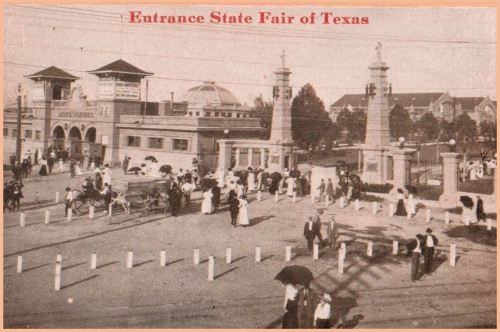
 Billboard, Oct. 2, 1909
Billboard, Oct. 2, 1909